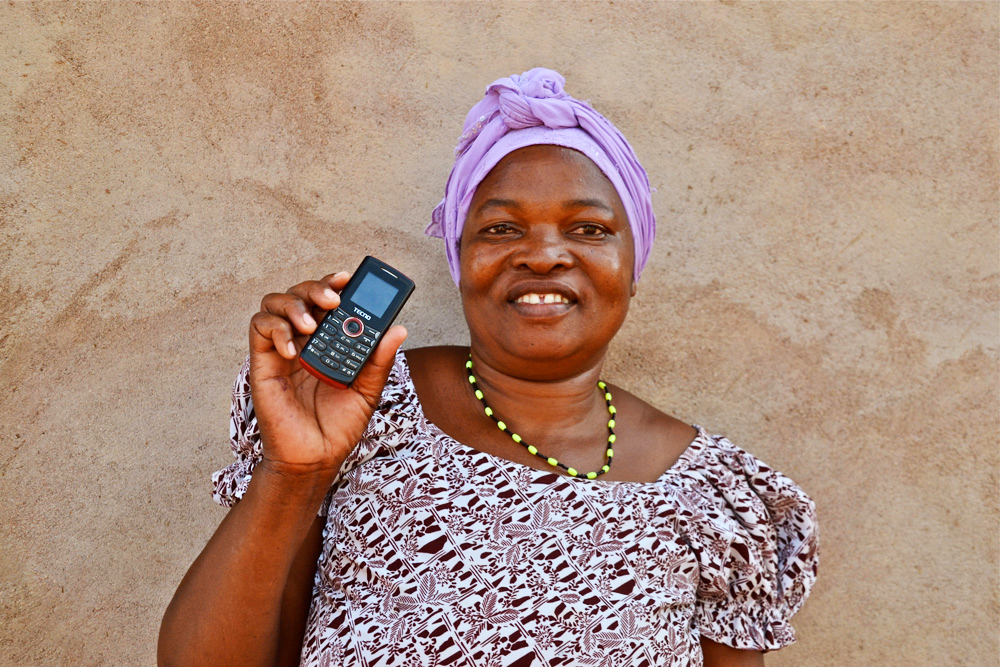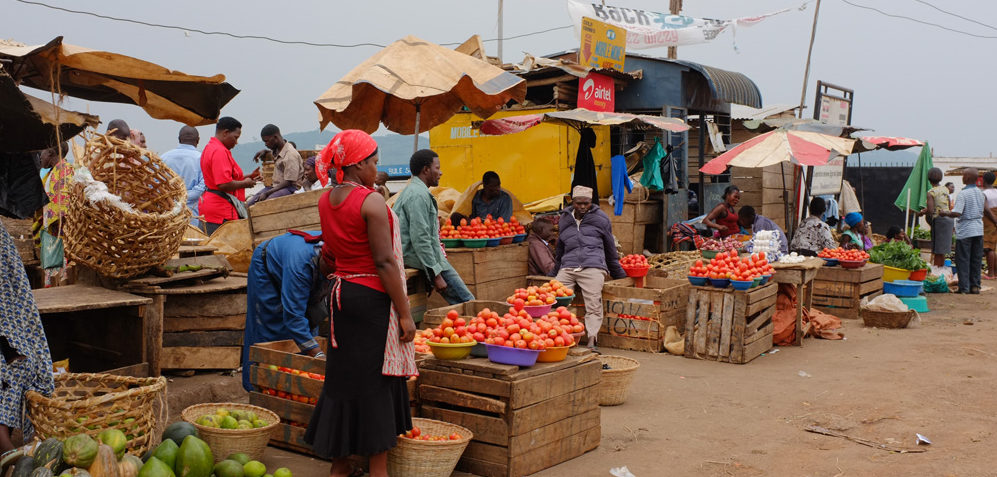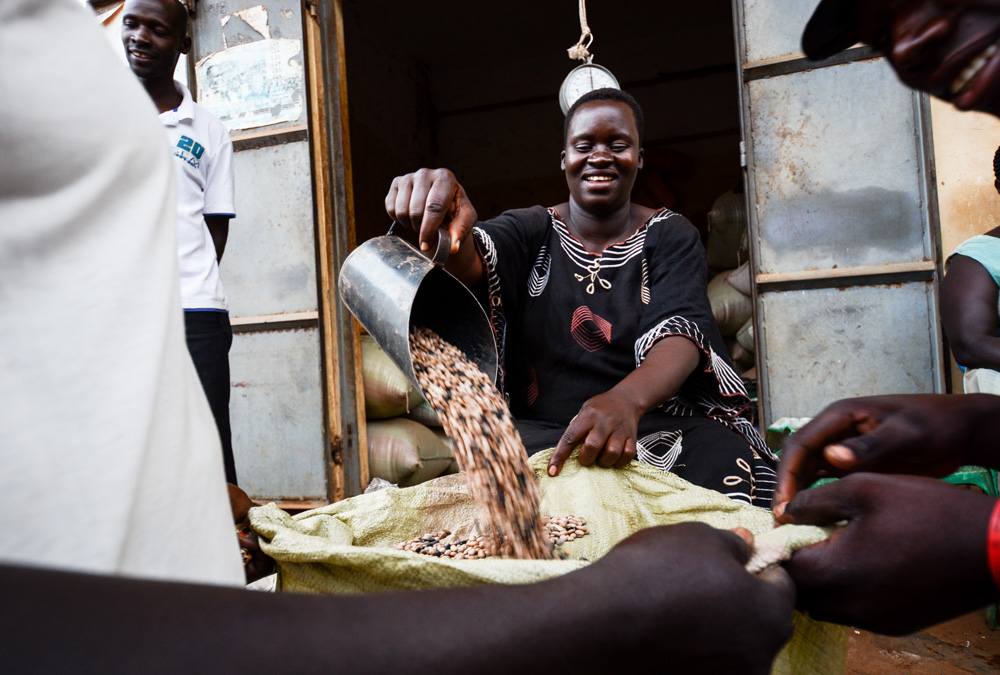Mobile technologies are framed as the future of agricultural development and the solution to many of the current challenges, like access to market and fairer prices. But are they as good as they seem? Our expert group is on the quest to find this out.
A number of mobile and online marketing agri-solutions have been launched in Kenya over the past few years including platforms like M-Farm, Fresh ’n Easy, Agrisolve, Mkulima Young, Shamba Digital and SheTrades. Mobile solutions have the potential to provide direct access to customers which could enable farmers to directly market their products.
Our expert group has been researching how digital services can lead to better business opportunities for women through collaborative purchasing and distribution. This concept entails customers making group orders of fresh farm produce with their friends, neighbours or people in their vicinity, enabling a direct connection between farmers and producers.
The study and the prototype
To test the potential for collaborative purchasing, the expert group developed a prototype of a mobile app illustrating how collaborative purchasing of farm produce directly from women farmers could work. Customers would be able to:
- Search for produce they would like to buy
- Find a farmer
- Place an order
- Invite their friends to order together with them
- Pay and receive multiple orders in one delivery.



